4 Tips for Using Positive Descriptive Feedback with Young Learners
February 16, 2021
Positive descriptive feedback is one of the most effective ways to reinforce desired behavior in young children and address behavior challenges in a gentle, nonpunitive way. Equally useful for both teachers and caregivers, positive descriptive feedback tells children exactly what they’ve done, gives them direct reinforcement for acting appropriately, and encourages them to use that behavior in the future. (A good example: saying to a student during morning meeting, “I can tell you’re ready. You have your hands in your lap and your eyes on me!”) Using this kind of feedback daily can be a highly effective way to:
- help children learn what behaviors are expected of them
- encourage appropriate behavior, especially when you use it with children who demonstrate challenging behaviors
- increase the likelihood that children will engage in appropriate behavior in the future
- promote positive interactions between children and peers as well as children and their teachers and other adults
- start a “domino effect” of positive behavior, as other children recognize that their peer is being acknowledged for a particular behavior
 You probably already use positive descriptive feedback with the young children you teach and care for, but how can you use it more consistently and intentionally? Today’s post (excerpted and adapted from Unpacking the Pyramid Model, edited by Hemmeter, Ostrosky, & Fox) walks you through four basic guidelines to follow. While this is a strategy you may find easier and more useful during in-person classes, you can also use it to reinforce good behavior during virtual sessions with young children—and parents can put it to work at home, too.
You probably already use positive descriptive feedback with the young children you teach and care for, but how can you use it more consistently and intentionally? Today’s post (excerpted and adapted from Unpacking the Pyramid Model, edited by Hemmeter, Ostrosky, & Fox) walks you through four basic guidelines to follow. While this is a strategy you may find easier and more useful during in-person classes, you can also use it to reinforce good behavior during virtual sessions with young children—and parents can put it to work at home, too.
Use it throughout the day
Positive descriptive feedback is easy to use and can be used almost any time or during any activity. Both teachers and caregivers can use positive descriptive feedback throughout the day and across a variety of activities to help children learn expectations. The more the adults in a child’s life use positive descriptive feedback, the more the child learns what to do rather than what not to do, which promotes positive interactions.
Here are some examples of how to use positive descriptive feedback to promote positive behaviors during a school day, and how it can help students who need extra support with behavior:
- Start the school day using positive descriptive feedback to greet the children. When you notice positive behavior from a student who has needed support in the past, say, “Good morning, Ben. You are being responsible when you walk slowly to your cubby and put your belongings in!”
- As children begin to sit on the carpet for group time, look for children who are sitting quietly and attending to you. Say, “Rudy and Tiffany, look how you are sitting on the carpet on your name! You are ready to learn!” Students who tend to need behavior support will see you say this to Rudy and Tiffany and may quickly imitate their behavior. Notice this and provide positive descriptive feedback to those students, as well.
- During centers, circulate around the room delivering positive descriptive feedback to children in the different center activities. Stop by the block area and say, for example, “Kaitlyn, glad to see you sharing the blocks with your friend, Zane. He looks happy.” Move on to the dramatic play area and comment on the action: “Kevin, you are cooking eggs in the frying pan and Shante is helping. The two of you are working together and sharing toys!”
- As the children transition to lunchtime, use positive descriptive feedback to help them learn the expectations during the transition. Comment on the behavior of children modeling positive behavior on the way to lunch: “José, I see you are walking carefully down the hall next to your partner!”
- At lunch, encourage the children to keep their hands to themselves and to clean up after themselves: “Julia and Shante, you are both using your silverware to eat your own lunch! I also saw that you cleaned up by yourselves!”
Individualize your feedback
Some children who engage in higher rates of challenging behavior may need increased exposure to positive descriptive feedback to help them learn behavioral expectations. It’s important to individualize positive descriptive feedback based on each child’s social-emotional learning needs, adjusting both the frequency of the feedback and the way it’s delivered (for example, if a child loses focus when singled out verbally by adults, you may want to intersperse short, specific verbal statements with simple, quiet gestures that acknowledge the appropriate behavior).
When planning to individualize positive descriptive feedback, use the following steps:
Step 1: Identify activities during the day in which the child engages in challenging behaviors. For example: Ben displays higher rates of challenging behavior during centers and outdoor play. Often, he grabs other children’s toys or materials and is aggressive toward other children, such as pushing them out of his way.
Step 2: Identify the behavioral expectations for the activities. A behavioral expectation during center time and outdoor play would be “to share toys and engage in positive interactions with peers.”
Step 3: Prior to the activity, provide a verbal statement and model to the child the specific behavior that is expected during the activity. Before center time, for example, you might say to Ben, “If you want a block that your friend has, remember to say, ‘Can I have the block?’”
Step 4: Observe the child during the identified activity and provide positive descriptive feedback when the child demonstrates the behavior. For example, if you see Ben cooperating in the block area, you can say, “Ben, look at you! You asked Chris for the block! You are using your words!” Plan to use feedback with Ben every 5 minutes, since this is an area he struggles with. The next time you see Ben asking Chris for the block, catch his eye and give him a thumbs-up.
Monitor feedback and behavioral expectations
As you use positive descriptive feedback, it’s important to monitor when you use this practice and how effective it is in changing children’s behavior. You might try implementing the following ideas:
- Set a goal of delivering two positive descriptive feedback statements every 5 minutes to various children in your classroom during morning meeting, centers, lunch, and outdoor play (activities in which there are generally higher rates of challenging behavior).
- During these activities, plan to deliver two additional descriptive feedback statements every 5 minutes to each child who needs extra support.
- As a reminder, program a timer to silently vibrate every minute and put the timer in your pocket. Each time the timer vibrates, this will remind you to provide positive descriptive feedback to a child.
- Make a simple data collection sheet to monitor the behaviors of children who need extra support at the end of each activity. Over time, this will give you a visual depiction of changes in the children’s behavior.
- If you’re a program leader, consider observing and recording your teachers’ use of positive descriptive feedback and reflect together on how this practice is promoting appropriate behaviors.
Share strategies with families
To reinforce the home-school connection, be sure to share positive descriptive feedback strategies with parents and other caregivers. The more often these strategies are used by different adults in different contexts, the more the child will learn expectations and engage in appropriate behaviors. To promote positive caregiver–child interactions in the home, consider sending a weekly newsletter describing how you use positive descriptive feedback in the classroom (we’ve provided a sample below). Provide several illustrations that parents can use or adapt at home during mealtime, play, and at bedtime. Ask caregivers to share their ideas with you, too!
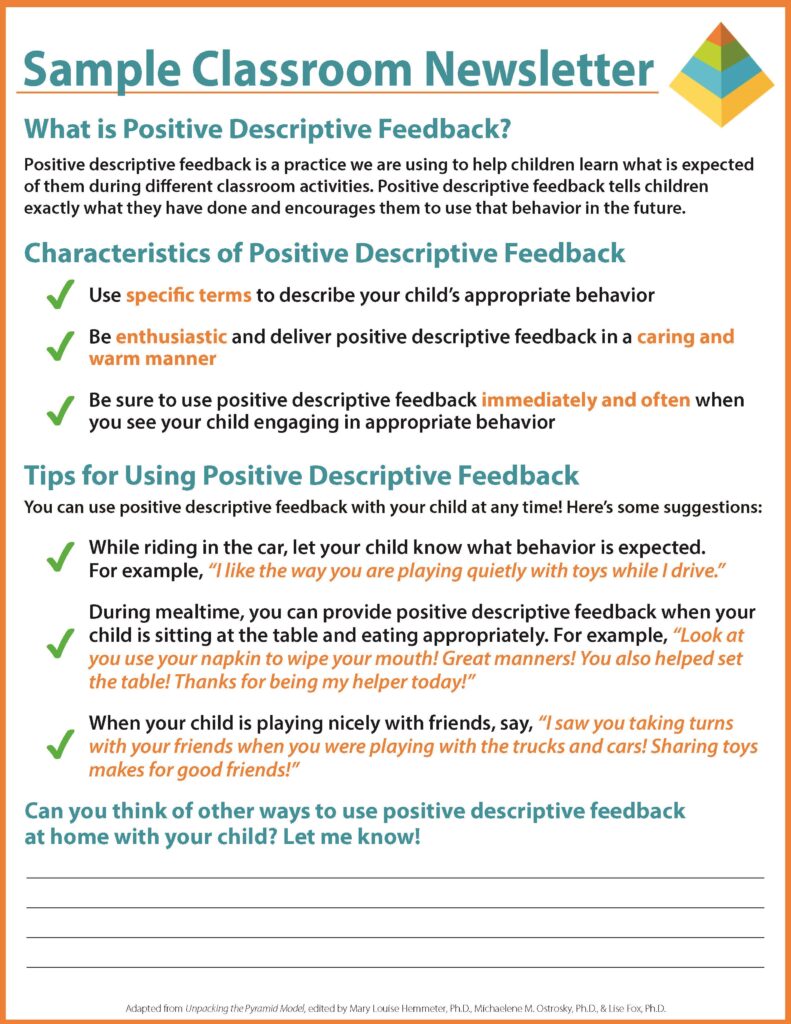
With the ideas in today’s post, you can reinforce positive, appropriate behavior in young children during all of your everyday activities. And for a complete guide to using research-based practices to boost social-emotional development, check out the book:
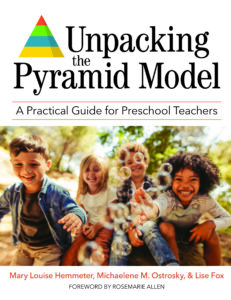 Unpacking the Pyramid Model
Unpacking the Pyramid Model
A Practical Guide for Preschool Teachers
Edited by Mary Louise Hemmeter, Ph.D., Michaelene M. Ostrosky, Ph.D., & Lise Fox, Ph.D.
For more than a decade, early educators have relied on Pyramid Model for Promoting Social Emotional Competence in Infants and Young Children. Now there’s a comprehensive, step-by-step guide to implementing the Pyramid Model, complete with in-depth guidance, evidence-based strategies, and helpful checklists for implementing all tiers of the Pyramid Model: universal, targeted, and individualized.
EXPLORE THE BOOK

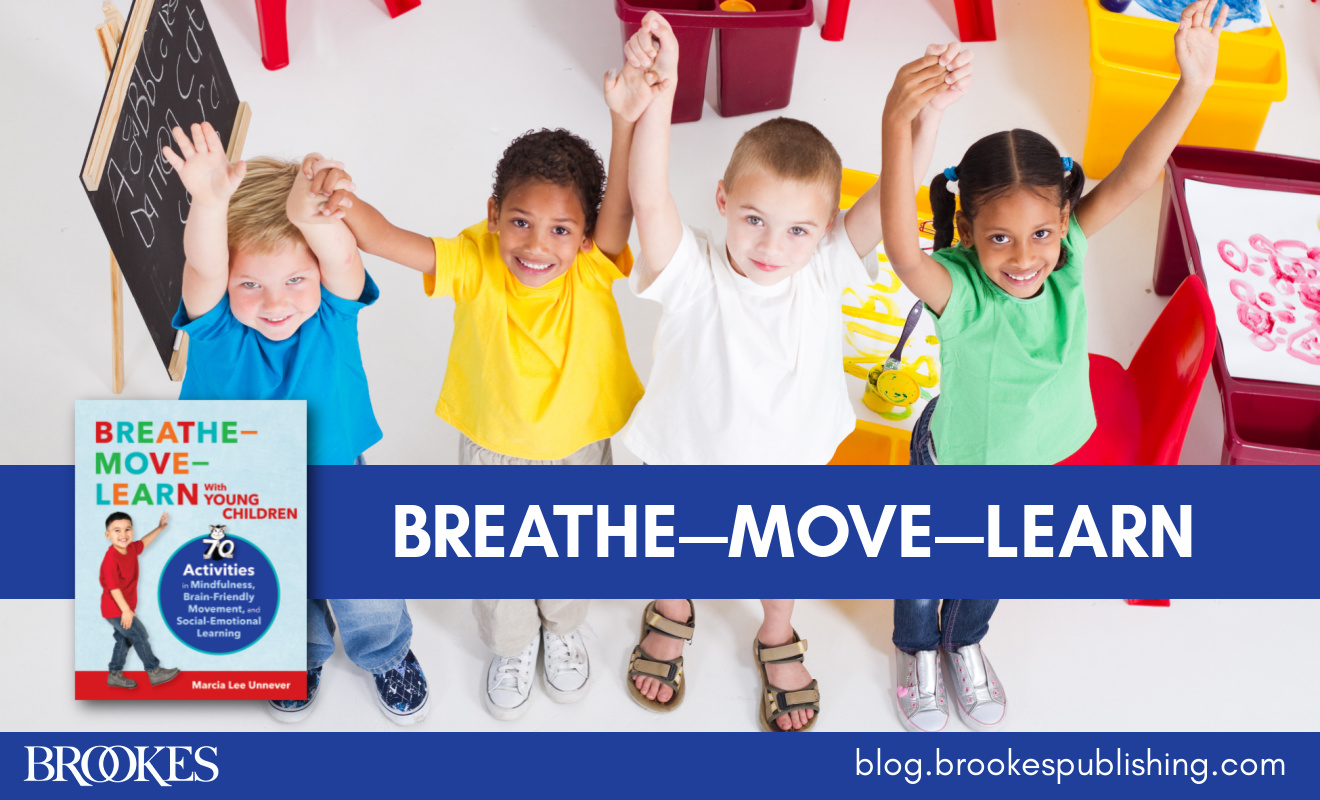
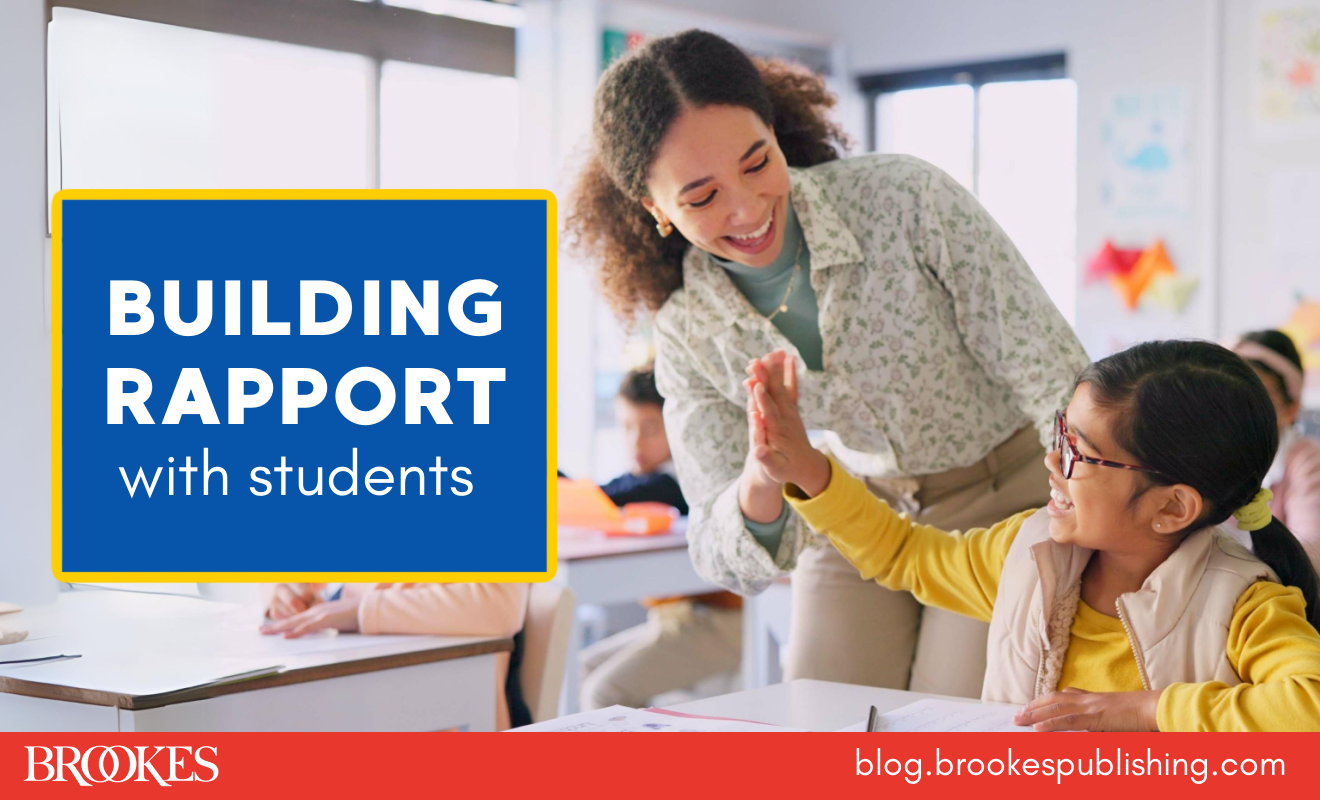
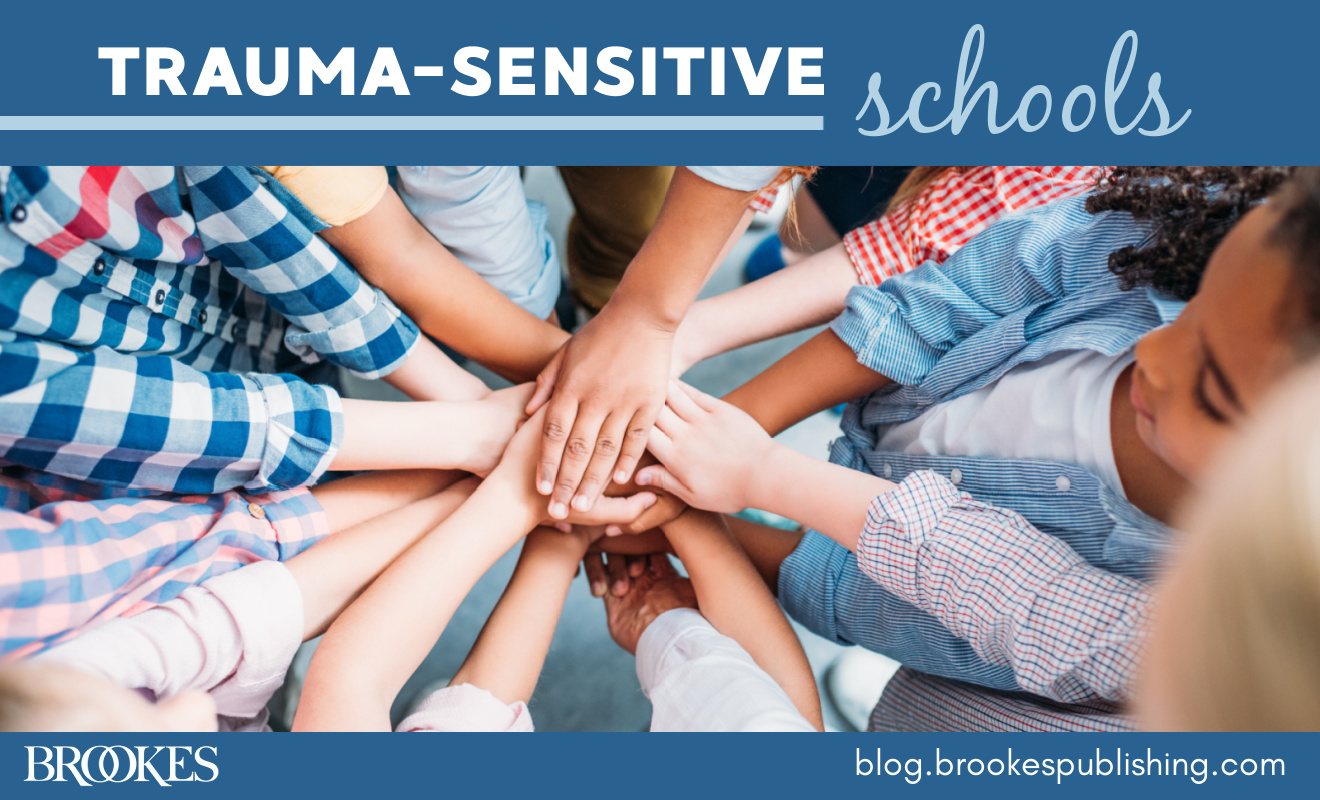
Write a Comment
Your email address will not be published. Required fields are marked *
comments
Nick Croews says
Positive feedback is a good idea
Amanda Harmon says
Thank you for the informative article! Customized reviews work best in my opinion. When you don't just use common phrases, but find each child's behavioral patterns and emphasize those positive traits. Great tips!
Post a Comment